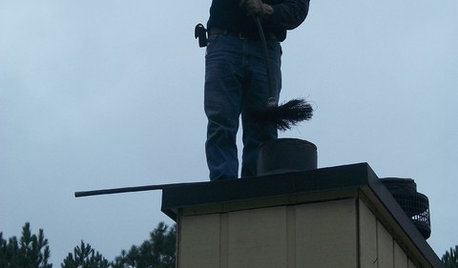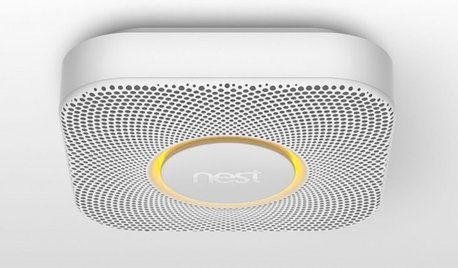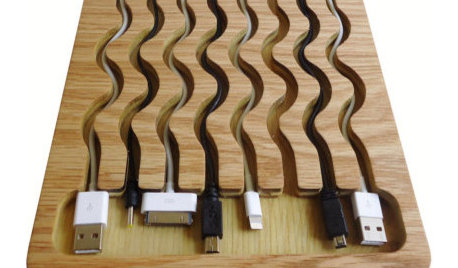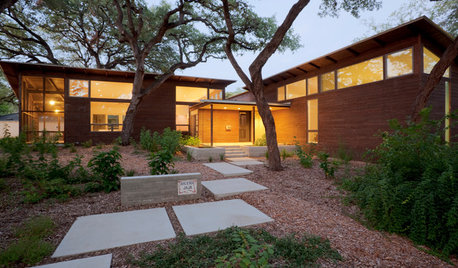Battery Backup for Furnace??
riohouse
14 years ago
Featured Answer
Comments (19)
junkmailhold
14 years agogrochw
14 years agoRelated Professionals
Dracut Solar Energy Systems · Half Moon Bay Solar Energy Systems · South Whittier Solar Energy Systems · Alexandria Home Automation & Home Media · Algonquin Home Automation & Home Media · Beverly Hills Home Automation & Home Media · Dallas Home Automation & Home Media · Evanston Home Automation & Home Media · Plainview Home Automation & Home Media · Tacoma Home Automation & Home Media · Valle Vista Home Automation & Home Media · Waterford Home Automation & Home Media · Wilmington Home Automation & Home Media · Burlingame Electricians · Winthrop Fireplacescountryboymo
14 years agobrickeyee
14 years agozl700
14 years agocountryboymo
14 years agozl700
14 years agofxjoe
10 years agoBruce Steger
5 years agomike_home
3 years agomtvhike
3 years agoDave Wiebe
3 years agoMontana Lolly
3 years agolast modified: 3 years agoDave Wiebe
3 years agolast modified: 3 years agokforeverlooking
2 years agoDave Wiebe
2 years agoSirius Landscapes, Inc.
2 years agoDave Wiebe
2 months ago
Related Stories

DISASTER PREP & RECOVERYMore Power to You: How to Pick the Right Generator
If your home's electricity goes, don't let it take your necessities with it — keep systems running with this guide to backup power
Full Story
MONTHLY HOME CHECKLISTSDecember Checklist for a Smooth-Running Home
It's time to add weather stripping, plan for holiday home safety, consider backup heating, check your emergency kits and more
Full Story
HOUSEKEEPING12 Steps to a Safe, Cozy Home for a New Year
From smoke detectors to furnace filters, let January 1 be a reminder of some must-dos around the house
Full Story
HOME TECHBetter, Smarter Smoke Detectors Push All the Right Buttons
No more bashing in that smoke detector with a broomstick at 3 a.m. — if you haven't already yanked it out. Welcome the new, civilized breed
Full Story
HOME TECHSmall Solar: Big Home Tech Trend in the Making
New technology enables everyday household objects to power themselves by harnessing natural light
Full Story
FIREPLACESUpdated Woodstoves Keep Home Fires Burning
Better technology means more efficiency than ever for modern woodstoves
Full Story
GARDENING AND LANDSCAPINGSpring Party Primer: 20 Ideas for Fabulous Fetes
Roll out the green carpet. On a lawn or in your living room, your spring party will be a hit with these tips and ideas
Full Story
PRODUCT PICKSGuest Picks: Stay Charged
It’s power to the people with the coolest smartphone and tablet chargers, stations and cord organizers on the block
Full Story
GREEN BUILDINGMeet a High-Tech Home That Monitors Itself
Energy vampires have nowhere to hide in this LEED Platinum home, as energy efficient as it is architecturally beautiful
Full Story
MORE ROOMSHome Tech: Getting Rid of Wires Without Sacrificing Sound
Wireless home technology still isn't perfect, but new products are giving audiophiles choices
Full StorySponsored
Columbus Area's Luxury Design Build Firm | 17x Best of Houzz Winner!
More Discussions







Dave Wiebe